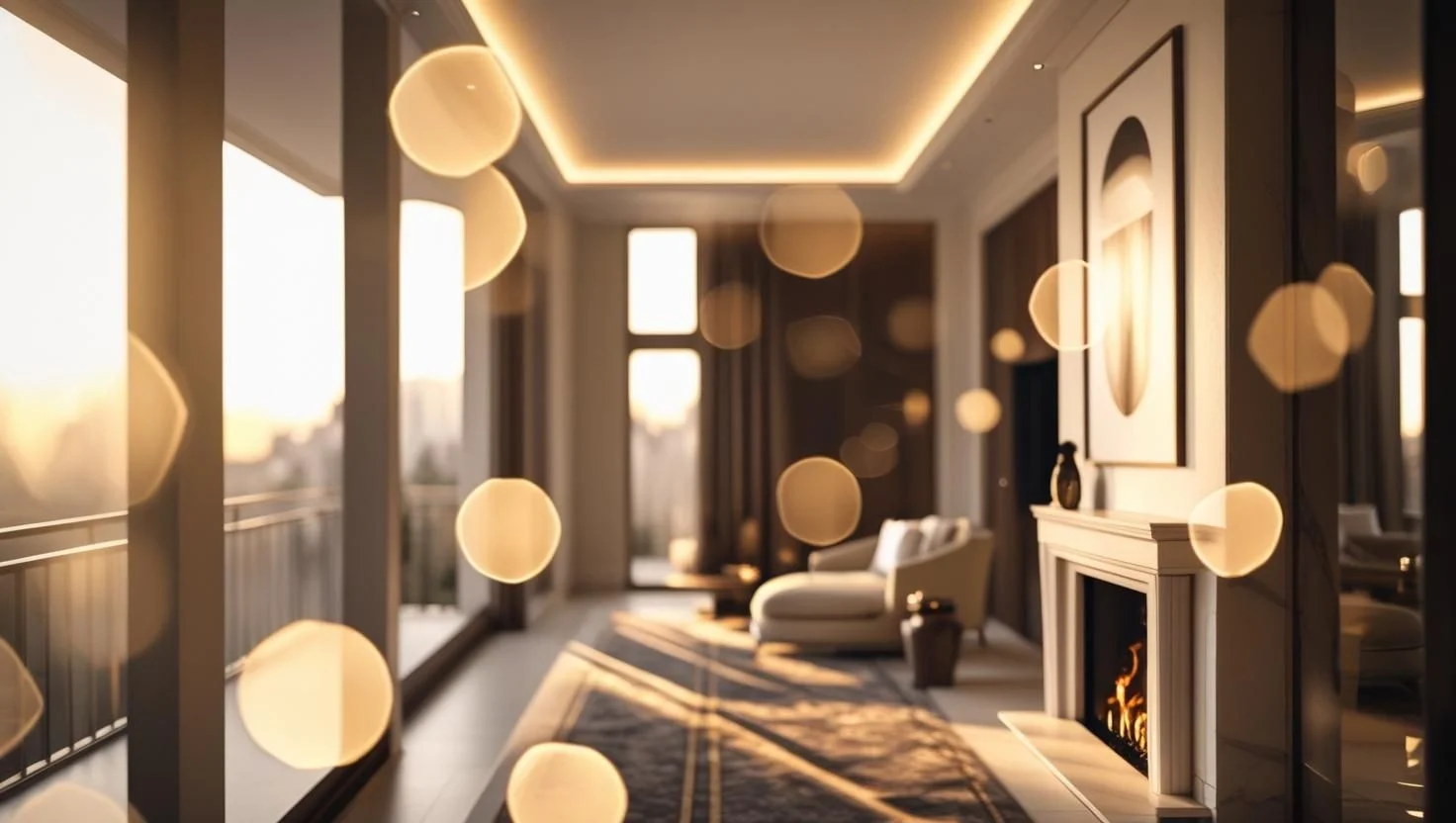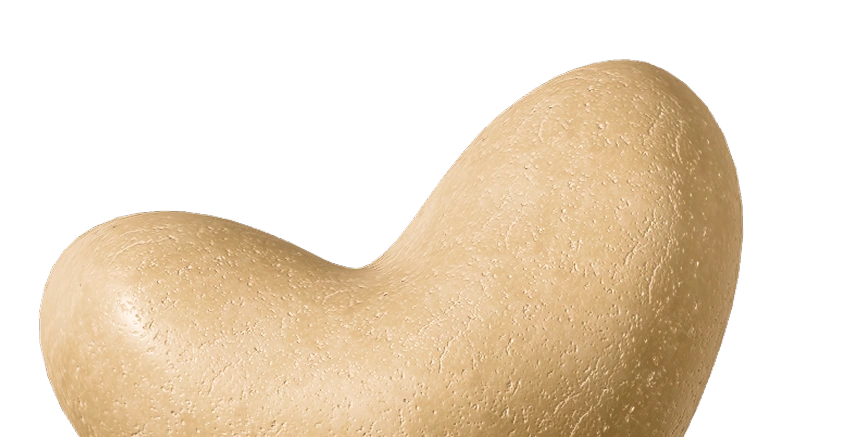Luxury Redefined: How High-End Real Estate Is Evolving with Lifestyle Trends
120
9/16/2025

In 2025, the definition of luxury in real estate has transformed. No longer just about marble floors and designer kitchens, luxury today is about lifestyle, wellness, and purposeful design. This redefinition reflects evolving buyer values and the growing demand for homes that elevate daily living experiences.
The Evolution of Luxury: From Assets to Experiences
Historically, luxury real estate signified wealth and social status, often focused on large-scale architecture, ornate finishes, and prime locations. While these elements still matter, today’s affluent buyers are seeking deeper value in properties that enhance health, support sustainability, and offer personalisation.
Key Trends Shaping Luxury Real Estate in 2025
1. Wellness-Integrated Living
Buyers are demanding features that promote physical and mental health:
-
In-home spas and infrared saunas
-
Air and water purification systems
-
Circadian lighting and acoustics engineering
-
Yoga studios, meditation gardens, and holistic amenities
Developments like The Well Bay Harbour in Florida and Six Senses Residences in Ibiza are integrating wellness science into their architecture and services.
2. Privacy and Seclusion
High-net-worth individuals are favouring gated estates, private islands, and secure compounds. Privacy has become a core element of modern luxury, driving interest in low-density developments.
3. Tech-Enabled Smart Homes
Luxury properties now come standard with automation systems that control everything from lighting and security to entertainment and wellness. AI-driven energy optimisation, biometric access, and integrated digital concierge services are top-tier expectations.
4. Sustainability and Ethical Living
Affluent buyers are leading the green movement:
-
LEED and WELL-certified homes
-
Renewable energy systems (solar, geothermal)
-
Ethical materials sourcing and net-zero carbon designs
-
Properties with regenerative landscaping and edible gardens
Sustainability is no longer a trend—it’s a status symbol.
5. Branded Residences and Hotel Living
Luxury hospitality brands such as Aman, Four Seasons, and Ritz-Carlton are developing branded residences that combine hotel-level services with private homeownership. These properties deliver a unique blend of comfort, exclusivity, and prestige.
6. Cultural and Experiential Integration
Buyers seek homes that connect them to the arts, nature, and meaningful communities:
-
Wine estates in Portugal
-
Historic villas in Tuscany
-
Eco-lodges in Costa Rica
-
Marina-facing apartments in the UAE
The Global Landscape of High-End Demand
North America
Wealth migration to tax-friendly states like Florida and Texas continues, with coastal compounds and sky mansions in high demand.
Europe
Portugal, Spain, and Italy remain hotspots for luxury second homes, especially in golden visa jurisdictions. Health retreats and heritage restorations are surging.
Middle East
Dubai and Abu Dhabi continue expanding branded residences with concierge-style living, while Saudi Arabia is investing heavily in ultra-luxury developments like NEOM’s Oxagon and The Line.
Asia-Pacific
Bali, Phuket, and the Maldives are seeing record interest in eco-luxury resorts and villas. Hong Kong and Singapore still lead in urban ultra-luxury sales.
Buyer Profiles: Who Is Redefining Luxury?
- Ultra-High-Net-Worth Individuals (UHNWIs)
Looking for trophy assets that also serve as wellness sanctuaries.
- Digital Entrepreneurs
Remote-first lifestyles demand globally flexible luxury properties.
- Wealthy Millennials & Gen Z
Prioritise eco-conscious design, tech integration, and experiential value over square footage.
Investment Insights: Why Luxury Is Still a Safe Bet
Despite economic fluctuations, luxury real estate remains resilient due to:
-
Scarcity of prime locations
-
Strong appreciation potential
-
Hedging against inflation
-
Emotional value and lifestyle enhancement
In 2024, Knight Frank’s Wealth Report found that luxury real estate grew by 3.1% globally, outperforming many traditional assets.
Case Study: Six Senses Residences, Ibiza
This waterfront wellness development offers organic architecture, bio-hacking amenities, and spiritual programming. It has become a model for how luxury and sustainability can coexist.
Future Outlook
By 2030, luxury real estate is expected to:
-
Integrate AI-based wellness diagnostics
-
Focus on community design with shared experiential zones.
-
Adoptdecentralisedd digital ownership (via NFTs and blockchain)
-
Expand luxury fractional ownership models for global access.
Final Thoughts
The luxury real estate market is in the midst of a renaissance. As the world redefines success and well-being, homes that align with these values are commanding attention and premium prices. For investors, developers, and buyers alike, the future of luxury isn’t about size—it’s about substance.
True luxury today is about how a home makes you feel, function, and flourish.
Are there any questions or do you need advice?
Leave a request
Our expert will contact you to discuss tasks, choose solutions and be in touch at each stage of the transaction.
